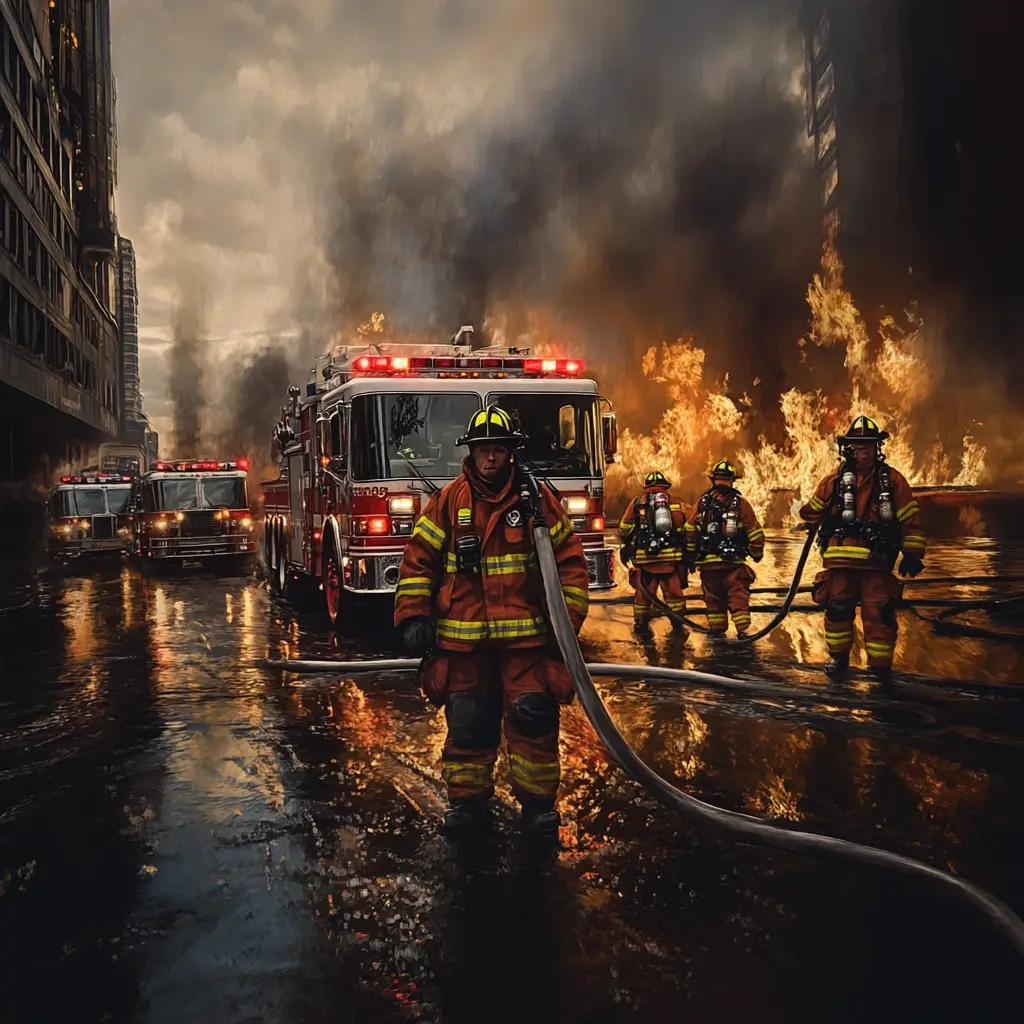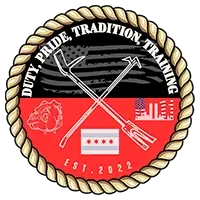
Course Title: Large Scale Incidents or Public Events
Course Duration: 28 hours (3 days) 46hours (5 Days)
Target Audience: Firefighters and Officers
Are you prepared for large scale public events like parades, celebrations or disaster?
Our team has real hands-on experience in planning and mitigation of targeted events, championship celebrations, street fairs or anything that has domestic terrorism potential.
We can prepare your team of responders from multiple agencies to work under unified command to be successful in alleviating most of the risk.
Speak with one of our leads about customized tabletop exercises to real planning of upcoming events for all your community needs.
Preparing for large scene incidents, such as natural disasters, mass gatherings, or other emergencies requires comprehensive planning and training. Here are key components to consider:
Participants should bring NFPA-compliant Personal Protective Equipment (PPE) and an NFPA-compliant Self-Contained Breathing Apparatus (SCBA). It is preferred that students bring two SCBA cylinders.
Course Type: Lecture, Hands On, or Lecture and Hands On Training
Course Type: Hands On Training
Course Type: Lecture & Hands on Training
Course Type: Lecture & Hands on Training
Course Type: Lecture & Hands on Training
Course Type: Lecture & Hands on Training

Copyright © 2025 Duty Pride and Tradition Training, LLC. All Rights Reserved.